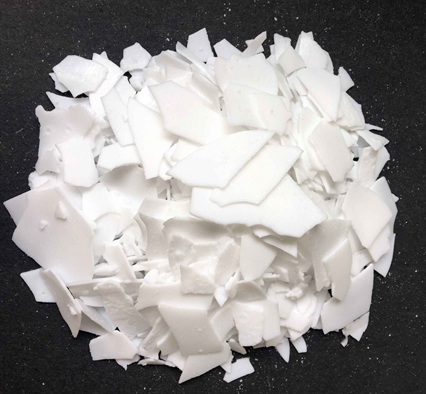
Polyethylene wax is a low molecular weight polythene chemical compound that’s used for improving and enhancing the method parameters and properties of the finished products in various applications in the plastic industry. Its low molecular weight and features wax-like characteristics. There are various firms that are engaged in giving quality non-oxidized, non-polar pe wax. The wax is formulated utilizing the distillation method for enhancing the properties of the product and to provide different grades of pe wax.
Usage of Polyethylene Wax
Polyethylene wax acts as an activator and dispersing material for synthetic resin, ABS resins, plastic, etc. it’s added in hydrocarbon waxes for increasing the melting points of such waxes to a certainly marked degree. Moreover, the wax is compatible with crude oil and alternative waxes. The pe wax is out there in 2 main grades, particularly emulsifiable and non-emulsifiable. The former is a very important textile processing chemical and widely utilized in textile finishing, cosmetics, polishes, paper coating, leather auxiliaries, adhesives, crayons, packing and various others. And, the latter one is utilized as lubricants for plastics and elastomers, carriers for pigment concentrates, and in paints and printing ink industry.
Features of Polyethylene Wax
The polyethylene wax is fully saturated homopolymers of ethylene, which has high degree of crystalline and linearity. Owing to the excellent features of PE wax, it is widely used for enhancing the quality of different materials such as in rubber processing, plastic additives, petroleum wax blends, and various other blends. PE wax has a high crystalline value and thus it has attributes like low solubility in solvents, hardness at elevated temperatures and oil thickening capability. Owing to these features, PE wax is widely used in the processing of diverse types of products.
The controlled molecular weight and narrow poly disparity of PE wax provide diverse benefits such as low melt viscosity, narrow melt range and formulating flexibility. As the wax is fully saturated and linear, it remains hard even at elevated temperatures and offers exceptional heat stability as well as complete resistance to chemical attack. So, high melting and softening point, low viscosity, excellent head resistance & thermal stability, high hardness level, excellent chemical resistance, excellent compatibility with other waxes and excellent lubrication are some of the key characteristics of the PE wax.
Here is a summary of the characteristics of PE wax:
- High softening point
- High melting point
- Excellent thermal stability
- High chemical resistance
- Highly compatible with wax varieties
- Perfect lubrication
- Perfect head resistance
PE wax is heat-stable, lowly soluble, chemically resistant and hard. Combining these features with abrasion resistance and broad melting points makes the product the undisputable choice for a large range of industrial applications. Whether you want to process rubber, manufacture textiles, modifier plastic or coat corrugated cardboard, there’s a grade available. As manufacturers may have different grades of the material, please ask so that you’ll be directed to the one that matches your needs.
We at KERONE have a team of experts to help you with your need for heating systems in various products range from our wide experience.
